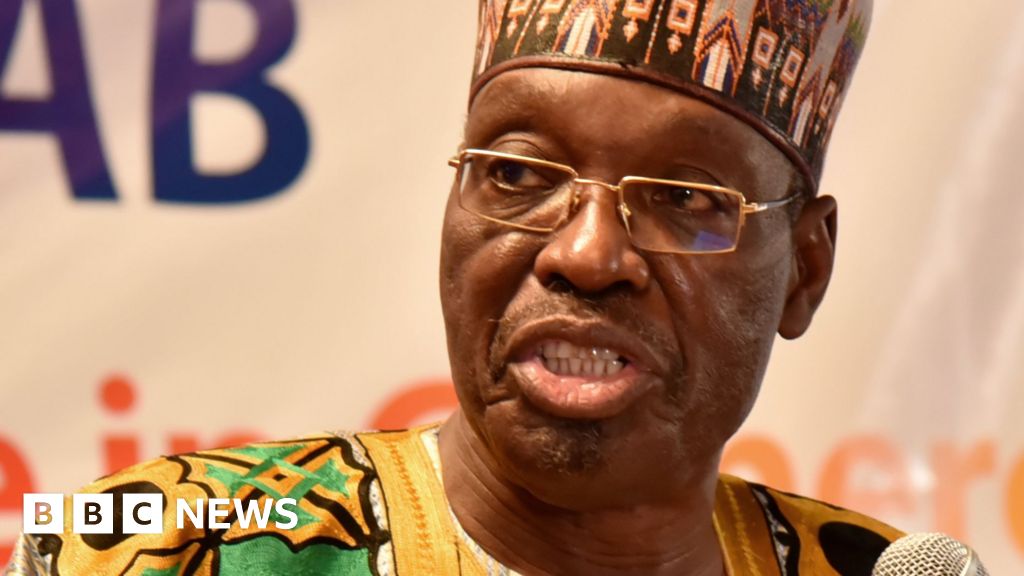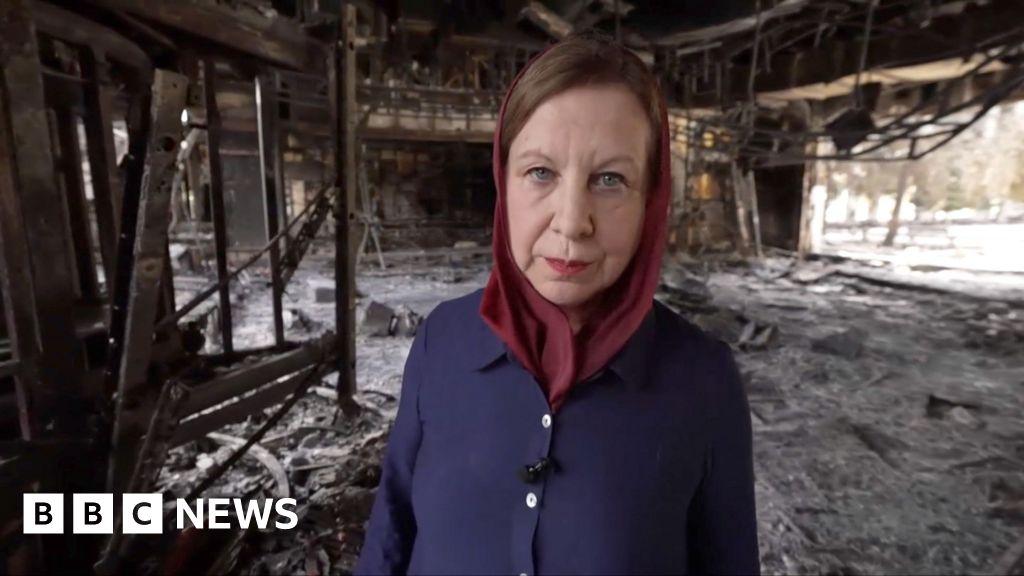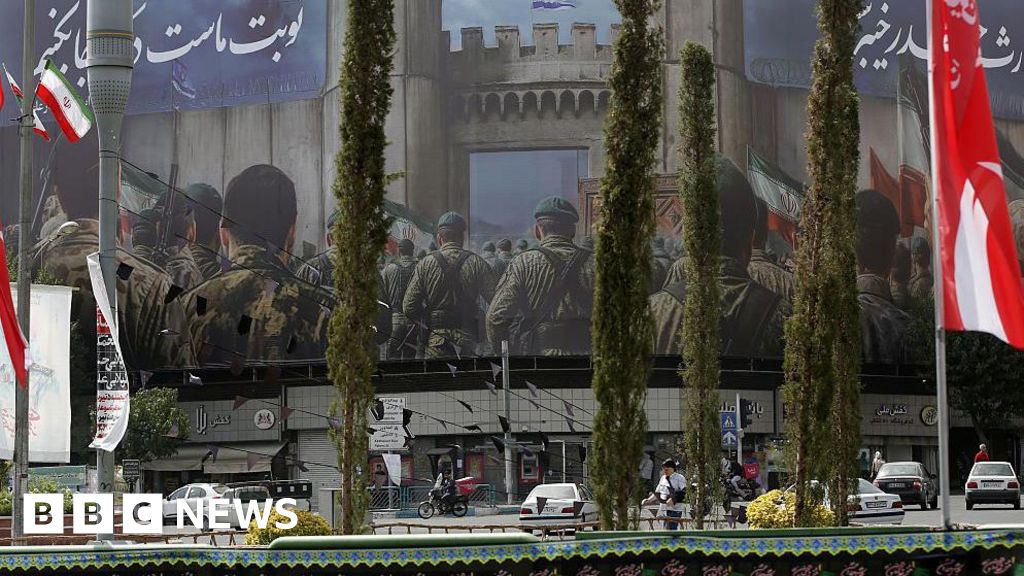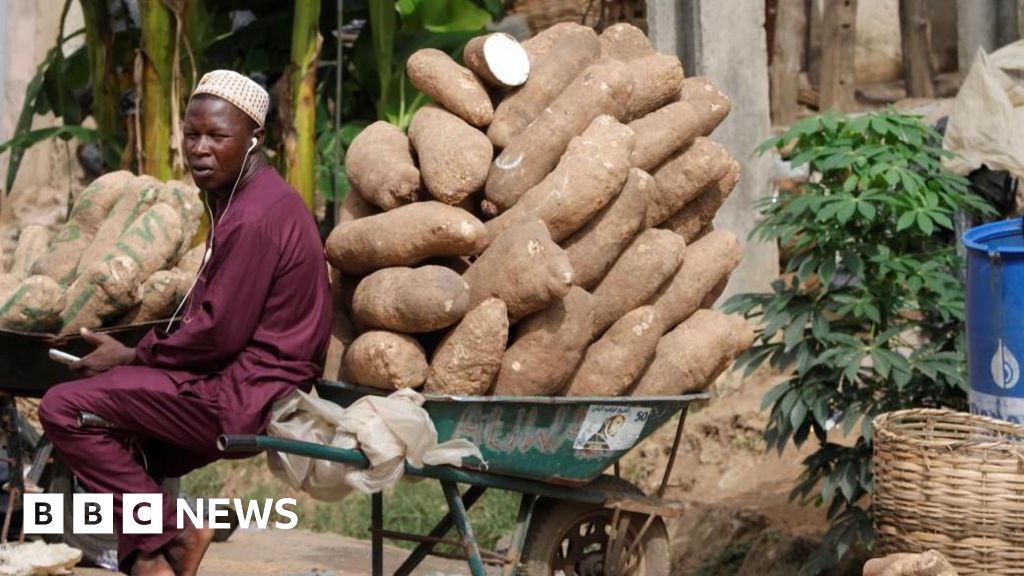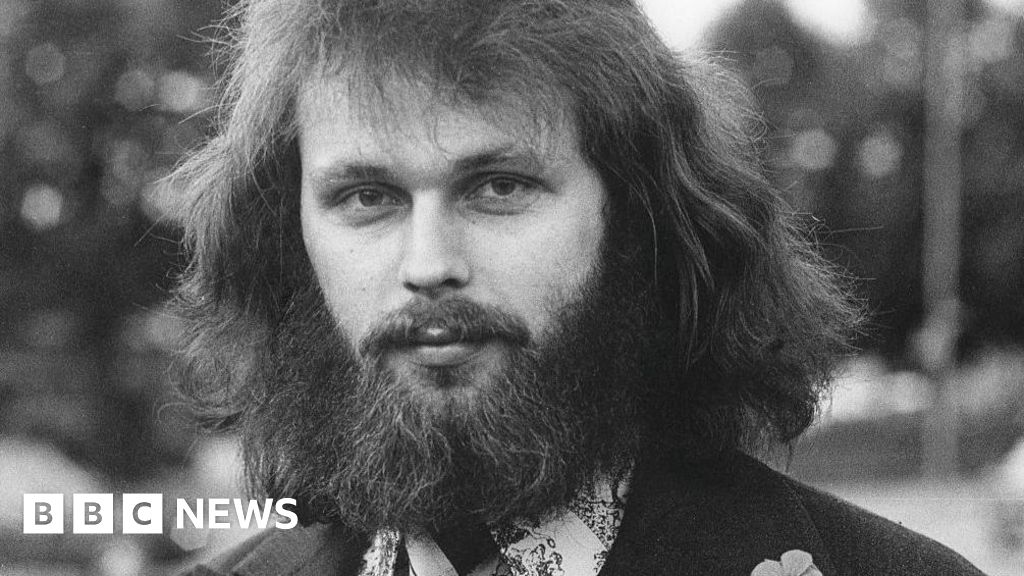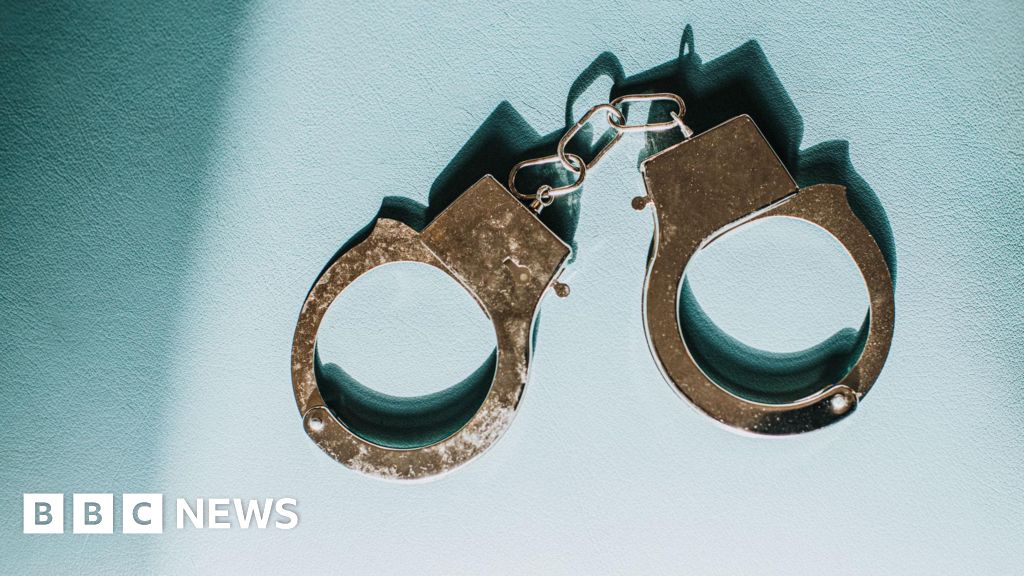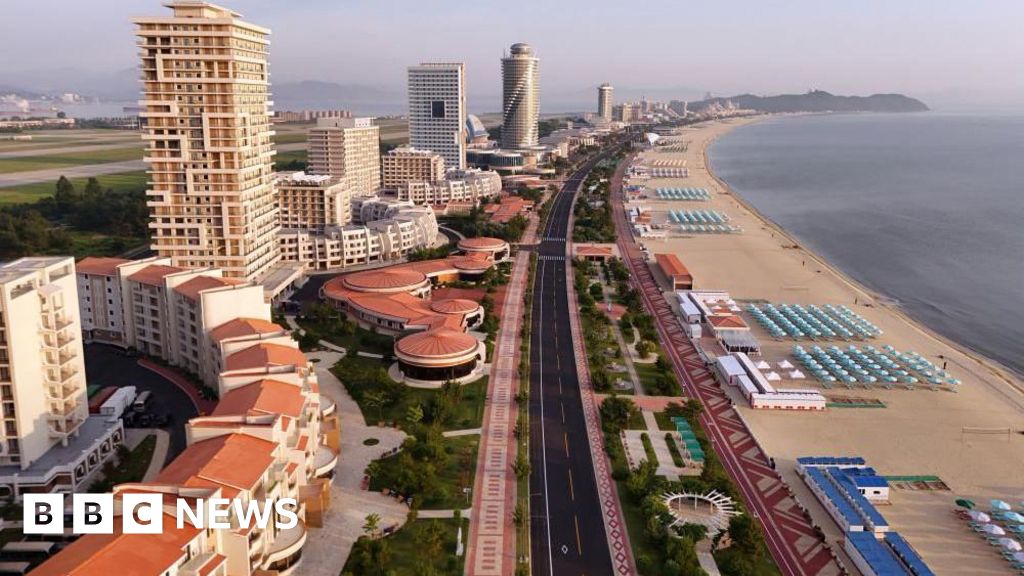In bigger cities of the northern Indian plains, 12 of which government officials said were the targets of Pakistani drone and missile attacks on Wednesday night, it also seemed that no one had been harmed. The sense of fear is real but vague, fed by a nationalistic press and social media.
In the northern Indian city of Gwalior, which is home to an air base, a civilian hospital had painted its rooftop with a red cross on a white field. Blackouts farther north, in Chandigarh, another city with a big military presence, were intended to protect sites from aerial attack. The measures have left Neha Chaudhary, a housewife, wondering what to tell her two sons.
“A sense of stress has crept into them,” she said.
Ajay Sharma, a physiotherapist in Jaipur, capital of Rajasthan State, which shares a 665-mile border with Pakistan, said “I have been stocking up on rations like rice and lentils and flour. I have withdrawn cash from banks.”
Families in New Delhi, 220 miles from the border, are doing the same — and keeping their gas tanks filled, too. In response to the anxiety, India’s national oil company posted that its reserves were sufficient and that there was “no need for panic buying.”
Technology has changed perceptions of risk since the 1971 war between India and Pakistan, and even since the countries’ high-intensity clash in Kashmir in 1999. Then, the two countries’ nuclear arsenals were new. And the news media was relatively contained, too. Now, the flow of information — and disinformation — is constant.
And though the possibility of escalation remains as untested as it was 26 years ago, the fact that both sides have access to nuclear weapons has become strangely familiar.
“Although we have full faith in our army, one cannot predict what will happen, given the circumstances,” Dr. Sharma, the physiotherapist in Jaipur, said. “There is a sense of panic.”
Source link

